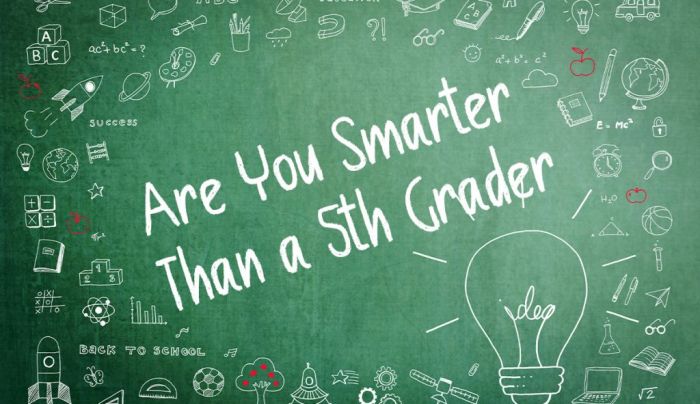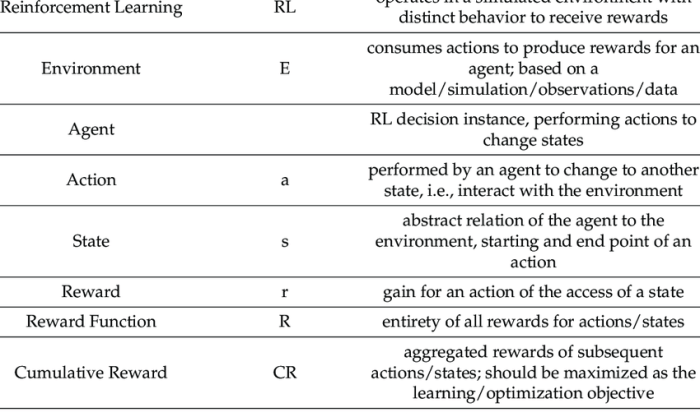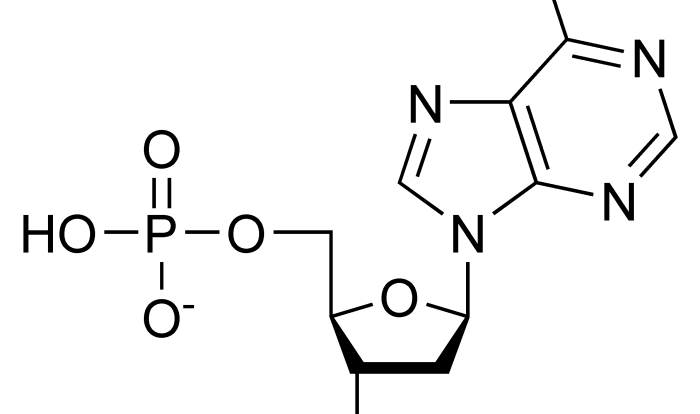Food for today reteaching activities are an essential component of effective teaching, providing students with the opportunity to revisit and reinforce important concepts. This article delves into the realm of food for today reteaching activities, exploring the various methods, examples, and strategies involved in ensuring successful relearning experiences.
Reteaching activities play a crucial role in addressing individual learning needs, fostering a deeper understanding of food-related concepts, and promoting long-term retention of knowledge.
Food for Today Reteaching Activities
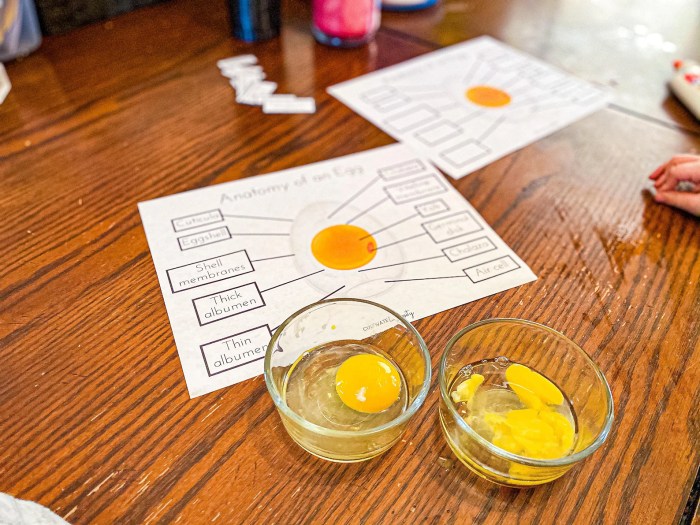
Reteaching activities for food for today concepts are essential for ensuring that students have a deep understanding of the material and can apply it to real-world situations. These activities provide opportunities for students to revisit and reinforce concepts they have already learned, identify areas where they need additional support, and develop their problem-solving skills.
There are many different types of reteaching activities that can be used for food for today concepts, such as:
- Reviewing key concepts and vocabulary
- Working through practice problems
- Participating in simulations or role-playing activities
- Creating projects or presentations
Reteaching activities can be used in a variety of settings, such as:
- As a supplement to regular instruction
- As a way to address individual student needs
- As a way to prepare students for assessments
Examples of Real-World Scenarios
There are many real-world scenarios where reteaching may be necessary. For example, a student may need to be reteached how to read a food label if they are having difficulty understanding the information provided. A student may also need to be reteached how to cook a particular dish if they are having difficulty following the recipe.
Reteaching activities can help students to overcome these challenges and develop the skills they need to be successful in the kitchen.
Methods for Reteaching Food for Today Concepts: Food For Today Reteaching Activities
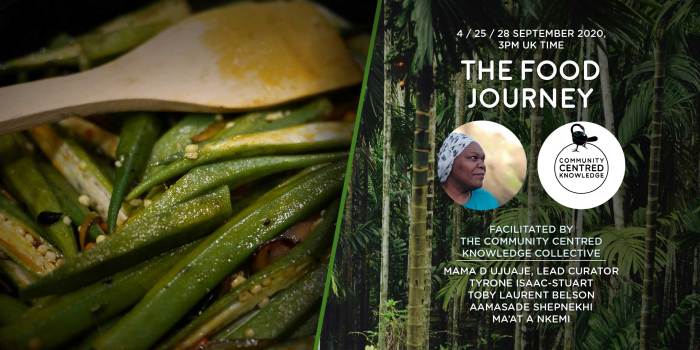
Reteaching Food for Today concepts requires engaging and effective methods to ensure comprehension and retention. Various approaches can be employed to facilitate this process, including interactive games and activities, hands-on experiments and demonstrations, collaborative group work, and technology-based resources.
Interactive Games and Activities
Interactive games and activities provide a fun and engaging way to reinforce Food for Today concepts. These activities can include:
- Food-themed puzzles, such as crosswords, word searches, and matching games.
- Interactive simulations that allow students to experience different food-related scenarios.
- Role-playing activities where students assume the roles of different stakeholders in the food system.
Hands-on Experiments and Demonstrations
Hands-on experiments and demonstrations offer students a tangible and memorable way to learn about Food for Today concepts. These activities can include:
- Cooking demonstrations that showcase healthy and sustainable food preparation techniques.
- Field trips to local farms or food processing facilities to observe food production and distribution firsthand.
- Laboratory experiments that investigate the nutritional content and properties of different foods.
Collaborative Group Work
Collaborative group work encourages students to work together to solve problems and share knowledge. This can involve:
- Group projects where students research and present on different aspects of the food system.
- Peer-led discussions where students take turns leading discussions on specific Food for Today topics.
- Problem-solving activities where students work together to find solutions to real-world food-related challenges.
Technology-based Resources
Technology-based resources can enhance the reteaching of Food for Today concepts by providing interactive and engaging learning experiences. These resources can include:
- Educational apps and games that teach about nutrition, food production, and sustainability.
- Online simulations and virtual field trips that allow students to explore different aspects of the food system.
- Social media platforms that facilitate discussions and sharing of information about Food for Today topics.
Examples of Food for Today Reteaching Activities
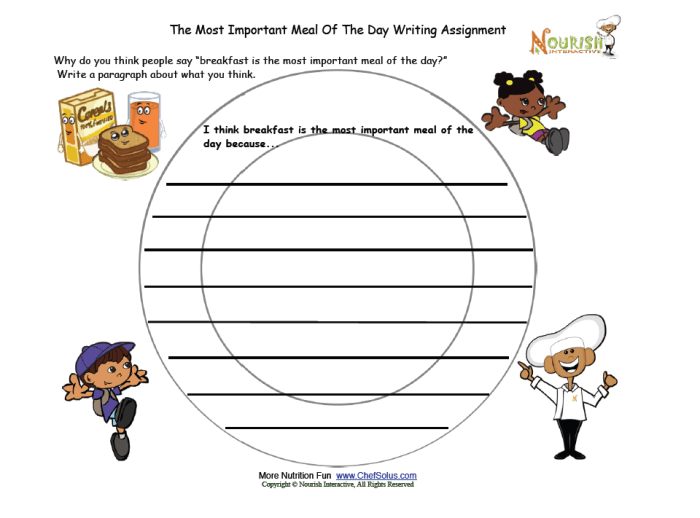
Reteaching activities for Food for Today concepts can be tailored to specific learning objectives and the needs of students. Here are some specific examples of reteaching activities for different Food for Today concepts:
Healthy Eating Habits
- Interactive food pyramid game:Create a large food pyramid on a whiteboard or chart paper. Divide students into teams and have them take turns placing food items in the appropriate levels of the pyramid. Discuss the importance of each food group and its role in a healthy diet.
- Food journaling:Ask students to keep a food journal for a week. Have them record everything they eat and drink, along with the serving sizes. Use the food journals to identify areas where students can improve their eating habits and discuss strategies for making healthier choices.
Food Safety and Hygiene
- Role-playing scenarios:Create scenarios that involve food safety and hygiene issues, such as cross-contamination or improper storage. Have students act out the scenarios and discuss the correct procedures for handling food safely.
- Food safety inspection:Take students on a field trip to a local grocery store or restaurant. Have them inspect the food handling practices and identify any potential hazards. Discuss the importance of food safety regulations and the role of consumers in preventing foodborne illnesses.
Cooking and Meal Preparation
- Cooking demonstrations:Demonstrate basic cooking techniques, such as knife skills, sautéing, and baking. Allow students to practice these techniques under supervision and provide feedback on their progress.
- Recipe development:Have students work in groups to develop healthy and affordable recipes. Encourage them to use a variety of ingredients and cooking methods. Have the students present their recipes to the class and prepare the dishes together.
Assessment of Reteaching Activities
To gauge the effectiveness of reteaching activities, educators can employ various assessment methods. These include formative and summative assessments, which provide valuable insights into students’ understanding and progress.
Formative assessments, conducted during the reteaching process, offer real-time feedback. Through observations, informal quizzes, or short assignments, teachers can identify areas where students require additional support and adjust their teaching strategies accordingly.
Monitoring Student Progress
Monitoring student progress is crucial for effective reteaching. Regular assessments, both formal and informal, enable teachers to track students’ comprehension and retention of the concepts being retaught. This ongoing monitoring helps identify students who may need further assistance or enrichment activities.
Feedback plays a vital role in the assessment process. Constructive feedback provides students with specific and actionable information about their strengths and areas for improvement. By incorporating feedback into reteaching activities, teachers can enhance students’ self-awareness and foster their ability to self-correct and improve their understanding.
Strategies for Differentiation in Reteaching Activities
In the context of reteaching activities, differentiation is crucial to effectively cater to the diverse learning needs of students. By implementing differentiation strategies, educators can ensure that each learner receives tailored support and experiences to enhance their understanding and retention of Food for Today concepts.
Various differentiation strategies can be employed to achieve this goal, including:
Adjusting the Level of Difficulty
Adapting the difficulty level of reteaching activities allows educators to challenge advanced learners while providing appropriate support for struggling students. This can be achieved through:
- Assigning more complex tasks or problems to students who demonstrate higher levels of understanding.
- Providing simplified or scaffolded materials for students who require additional support.
Offering Multiple Learning Modalities
Catering to different learning styles is essential for effective reteaching. By offering multiple learning modalities, educators can ensure that all students have the opportunity to engage with the material in a way that resonates with their preferences.
- Incorporating visual aids, such as charts, diagrams, and videos.
- Utilizing hands-on activities and simulations.
- Providing written materials and audio recordings.
Providing Support and Scaffolding
For students who require additional support, providing scaffolding and individualized assistance can help them overcome challenges and achieve success. This can include:
- Breaking down complex concepts into smaller, manageable steps.
- Offering guided practice and feedback.
- Providing access to peer support or tutoring.
By implementing these differentiation strategies, educators can create a more inclusive and supportive learning environment that empowers all students to succeed in reteaching activities for Food for Today concepts.
Technology Integration in Reteaching Activities
Integrating technology into reteaching activities offers several benefits. It enhances engagement, provides interactive learning experiences, and allows for personalized instruction. Technology tools and resources can cater to diverse learning styles, making reteaching more effective.
Examples of technology tools and resources for reteaching include:
Interactive Simulations
- Interactive simulations allow students to engage with complex concepts through hands-on experiences. They provide a safe and controlled environment for experimentation, fostering deeper understanding.
Online Games and Quizzes
- Online games and quizzes make reteaching fun and engaging. They provide immediate feedback, allowing students to identify areas for improvement and reinforce learning.
Virtual Reality Experiences, Food for today reteaching activities
- Virtual reality experiences immerse students in realistic scenarios, enabling them to explore concepts in a highly interactive and memorable way. This can be particularly effective for teaching science, history, or geography.
Essential Questionnaire
What is the purpose of food for today reteaching activities?
Food for today reteaching activities aim to reinforce and deepen students’ understanding of essential food-related concepts, such as healthy eating habits, food safety, and cooking skills.
What are some effective methods for reteaching food for today concepts?
Effective methods include interactive games, hands-on experiments, collaborative group work, and technology-based resources.
How can I assess the effectiveness of food for today reteaching activities?
Assessment methods include observations, student self-reflections, and formal assessments such as quizzes or projects.
